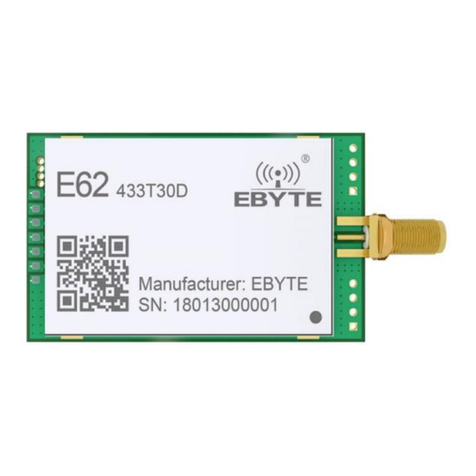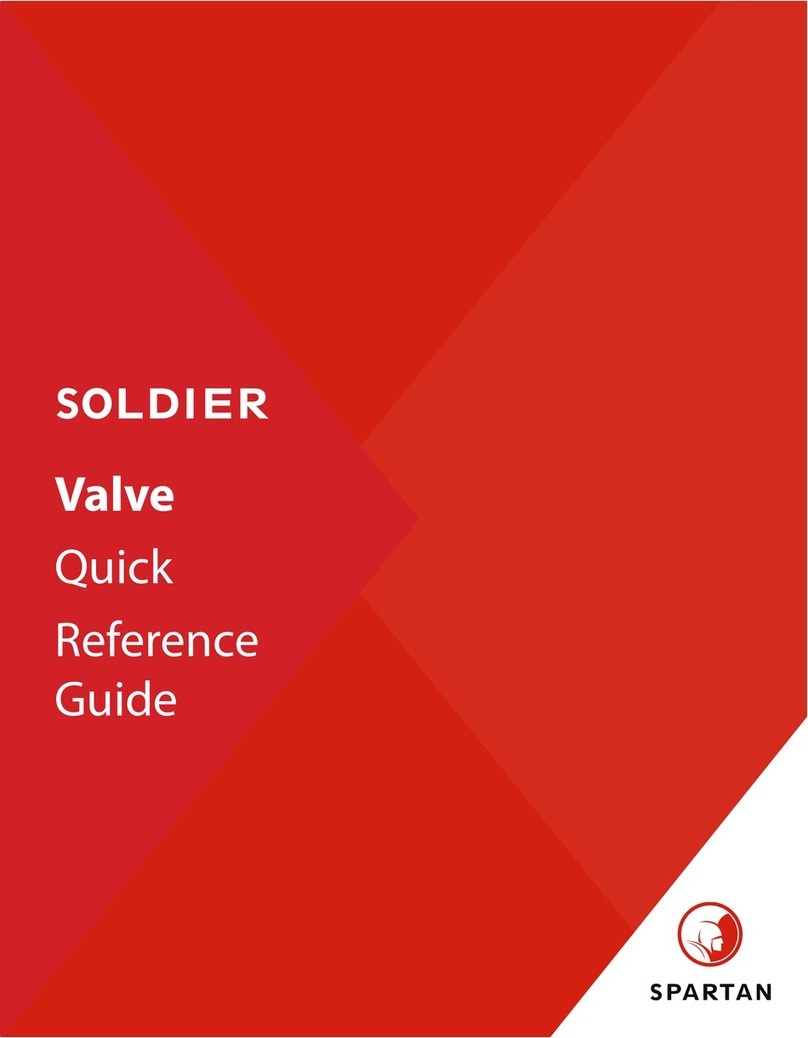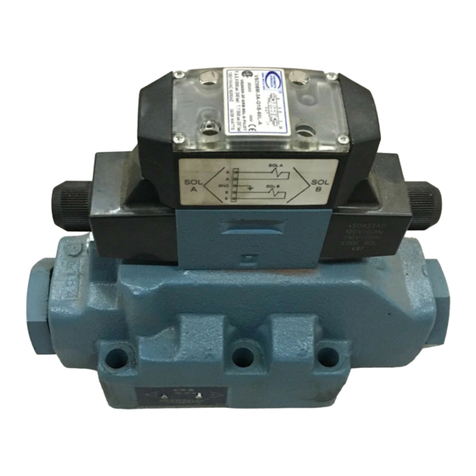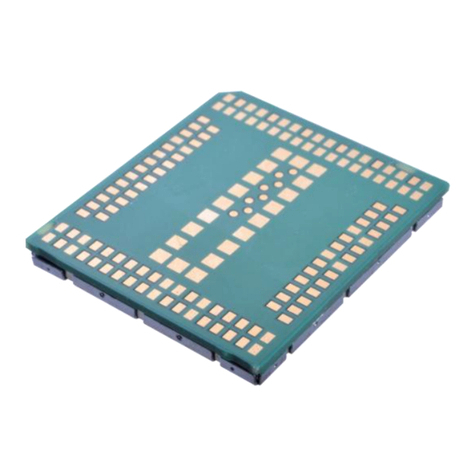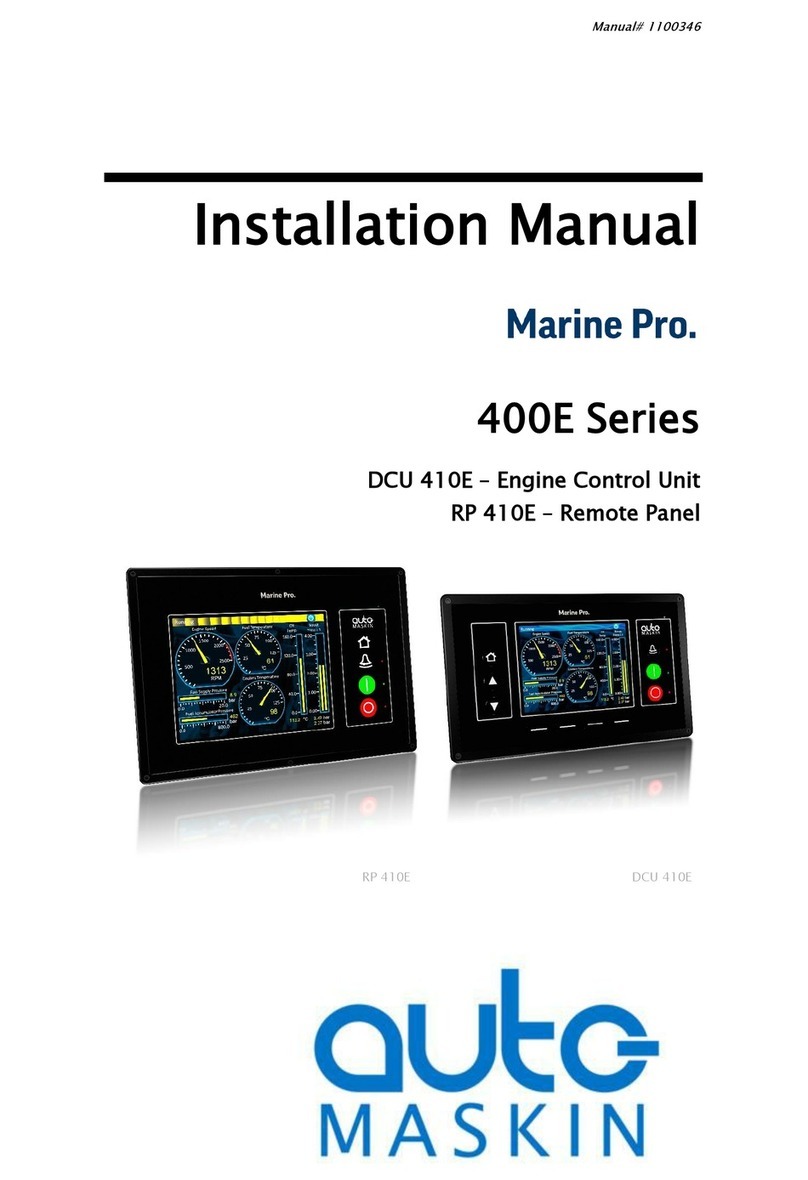Sequoia LISST-200X User manual

LISST-200X
Path Reduction
Module
User’s Manual
Version 1.1
(November 2018)
2700 Richards Road, Suite 107
Bellevue, WA 98005-4200
Tel: (425) 641-0944 Fax: (425) 643-0595


LISST-200X Path Reduction Module User’s Manual Page iii
Table of Contents
1. Overview of LISST-200X Path Reduction Module .........................................................1
2. Installing the Path Reduction Module (PRM)..................................................................2
3. Background Collection and Software Configuration.......................................................4
4. Removing the PRM.........................................................................................................6
5. Maintaining the LISST-200X Path Reduction Module....................................................7
Technical assistance
For technical assistance please contact your local Distributor or Sequoia. Please
be sure to include the type of battery pack with any correspondence.
Sequoia Scientific, Inc. contact information:
Telephone: +1(425) 641-0944
Email: [email protected]
Path Reduction Module for LISST-200X


LISST-200X Path Reduction Module User’s Manual Page 1
1. Overview of LISST-200X Path Reduction Module
The LISST-200X has been designed to cover a wide range of concentrations of
particles. However, when the concentrations are high the light scattering from the
particles can included multiple scattering which will affect the measurement of particle
size and concentration. The concentration where multiple scattering can take effect is
dependent on particle size. The finer the particles are the lower the maximum
concentration where multiple scattering will occur. The rule-of-thumb we recommend is
when the optical transmission is less than 30% multiple scattering may be significant
enough to cause errors. The multiple scattering gradually increases as the
concentration increases. Therefore, 30% optical transmission is a warning level where
multiple scattering may be present. It may still be possible to get reasonable data down
to 10% transmission. Below is a table with estimates of the maximum concentration for
different sized particles.
To measure higher concentration with the LISST-200X the optical path that the laser
passes through needs to be reduced. By reducing the optical path, we decrease the
number particles in the laser beam and therefore reduce the chances of having multiple
scattering. The maximum concentration scales linearly with the optical path. If we
reduce the optical path by ½ we double the maximum concentration. Sequoia has
designed a Path Reduction Module (or PRM) for the LISST-200X that reduces the
optical path from 25mm to 5mm. This results in increasing the maximum concentration
by a factor of 5 over the standard LISST-200X.
Mean particle
diameter
Wentworth
grades
LISST-200X Estimated Maximum concentration in mg/L
µm
Phi
25mm Path (Standard)
5mm Path (with PRM installed)
1.95
9.00
Clay
83
416
3.9
8.00
Very Fine Silt
166
831
7.8
7.00
Fine Silt
332
1662
15.6
6.00
Medium Silt
665
3324
31.25
5.00
Coarse Silt
1332
6659
62.5
4.00
Very fine sand
2728
13638
125
3.00
Fine sand
5327
26637
250
2.00
Medium sand
10655
53273
Table 1: Estimated maximum concentration for different sizes and different path lengths
The following sections include detailed instructions for installing, uninstalling and
maintaining the Path Reduction Module for the LISST-200X.

LISST-200X Path Reduction Module User’s Manual Page 2
2. Installing the Path Reduction Module (PRM)
The PRM for the LISST-200X consists of a highly polished quartz cylinder and mounting
hardware. The quartz cylinder is press against the smaller transmit windows with a small
drop of highly filtered water. The plastic holder and spacers hold the quartz cylinder in place
during deployments. The LISST-200X must be configured for use with the PRM. This will
ensure the proper path length is used when computing the particle concentration.
The step-by-step instructions below will show how to install the PRM, obtain a good
background, and configure the LISST-200x using the LISST-SOP200X software.
STEP
ACTION
RESULT
1
•Locate all the components of the LISST-200X Path
Reduction Module as shown below.
•The parts include quartz cylinder with retaining ring,
PRM Plate, two white PRM Plugs and two 4-40 x 7/8
socket head cap screws and an o-ring (size 2-016)
that is pre-installed between the quartz cylinder and
the PRM Plate.
•Remove the plugs from the plate before installation.
PRM ready to be
installed.
2
•Secure the 200X in a vertical orientation with the
optics endcap on the top.
•Clean the optics endcap cavity.
•Clean the windows with alcohol or glass cleaner, and
use compressed air to remove any particles.
LISST-200X ready for
PRM to be installed
3
•Clean both ends of the PRM quartz cylinder with
alcohol or glass cleaner.
•Put a large drop of filtered water on top of the quartz.
•Insert the PRM Plate into the 200X optics head,
without allowing any part of it to touch the upper
window of the 200X, until it is centered.
Continued on next page
Quartz cylinder
Retaining
ring
Plug
Plug
Plate

LISST-200X Path Reduction Module User’s Manual Page 3
•Insert a white PRM End Plug under one end of the
PRM Plate to lift the plate up to the upper window.
•Insert the second PRM End Plug.
Before installing the screws into the PRM Plugs to lock
them in place, we recommend checking the clean
water background, as described in the next step.
PRM mostly installed.
4
•Check the Clean Water Background using the
standard procedure described in the LISST-200X
User’s Guide. The results should be close to the
factory values. However, they may not receive a
PASS result because of the instrument being in air.
•WARNING: A background performed in air is not
acceptable for particle measurements. A new
background with clean water must be performed
before deploying the instrument.
•If the background does not look good, remove the
PRM, clean the glass surfaces and re-install the PRM
until an acceptable background is obtained.
PRM installation has
been checked.
5
•Install the two 4-40 x 7/8 socket head cap screws into
the PRM Plug using a 3/32” Allen wrench to lock the
PRM assembly to the LISST-200X.
PRM fully installed and
ready for use.
Drop of
water
Plug
Plug

LISST-200X Path Reduction Module User’s Manual Page 4
3. Background Collection and Software Configuration
STEP
ACTION
RESULT
•Before deploying the instrument with the PRM, it must
be configured for use with the shortened path length,
and its background scattering must be measured with
the PRM in place. The path length and background
scattering are stored in the data file and used during
data processing, therefore it is critical they be updated
before collecting data.
1
•Open the LISST-SOP200X program and connect your
instrument. A clean water background must be
collected with the PRM in place. Open the Collect
Background window and select the PRM checkbox.
Proceed to collect and save a new background using
the Standard procedure described in the LISST-200X
User’s Guide.
Clean water
background collected
with PRM installed.

LISST-200X Path Reduction Module User’s Manual Page 5
2
•Open the instrument configuration window in the
LISST-SOP200X. Under the Operating Modes tab
select the PRM checkbox. Press the ‘OK’ button to
finish configuring the instrument.
Instrument sampling
program configured
with PRM installed
3
•When processing a data file collected with the PRM
installed, a message will appear in the data
preprocessing window. This indicates the data are
being processed assuming a reduced path length.
Data processed using
the correct path length.

LISST-200X Path Reduction Module User’s Manual Page 6
4. Removing the PRM
The procedures shown below describes the recommend method for removing PRM for the
LISST-200X.
STEP
ACTION
RESULT
1
•Clean the LISST-200X optics head and PRM
components to remove any large debris that could
scratch the glass windows or cylinder when the PRM
is removed.
•It may be necessary to remove any hard growth, such
as barnacles, before removing the PRM.
•Be careful not to scratch the glass surfaces.
LISST-200X and PRM
clean and ready for
disassembly.
2
•Remove the two 4-40 x 7/8 long socket head cap
screws from the PRM plug using a 3/32” ball driver or
Allen wrench.
•While holding the PRM Plate, remove the two PRM
Plugs. The PRM Removal Tool will be helpful for
pulling out the PRM plugs. Be sure to hold the PRM
Plate so that it does not fall out or drop unexpectedly.
•Carefully slide the PRM Plate with quartz cylinder from
the optics of the LISST-200X.
•The PRM plate may need to be tipped to separate the
PRM from the glass window.
PRM removed.
3
•After removing the PRM, clean the optics of the
LISST-200X and all the PRM parts before storage.
•Be sure to protect the quartz cylinder from scratches
or impacts that could damage the optical surfaces.
•It is also highly recommended to change the
instrument configuration on the LISST-200X to reflect
that the PRM is no longer installed.
PRM ready for storage.

LISST-200X Path Reduction Module User’s Manual Page 7
5. Maintaining the PRM
Usually a simple cleaning of the Path Reduction Module is all that is necessary to maintain it
in optimum working condition. However, it may be necessary to completely disassemble the
PRM components to fully clean them.
STEP
ACTION
RESULT
1
•Remove the PRM from the LISST-200X and clean the
assembly as much as possible.
PRM clean, ready for
use or storage.
Note: Full disassembly of the PRM is not usually required and not recommended unless
absolutely necessary. For the rare cases when it is needed, see the following diagram and
notes.
Parts:
1. 4-40 x 7/8”socket head cap screws
2. Retaining ring
3. PRM plate
4. O-ring, size 2-016
5. Positioning plug
6. Quartz PRM cylinder
2
•The retaining ring, item 2, holds the cylinder loosely in
the plate. The ring is held on the cylinder by friction,
and may be difficult to remove. If it is too tight to
remove with your fingers, use only blunt tools that
cannot scratch the quartz. Clean any deposits or
growth from the outside of the cylinder to ease
removal of the ring.
•The o-ring, item 4, is not used as a seal, but as a
spring to keep the cylinder pressed against the small
window. Remove the o-ring to inspect it. Replace it if it
is brittle, cracked or sticky.
PRM disassembled.

LISST-200X Path Reduction Module User’s Manual Page 8
3
•Install the black plastic retaining ring onto the quartz
cylinder. There should be about a 3mm gap between
the cylinder and the plate, as shown below. The
cylinder should be able to move freely.
•Reattach the PRM Plugs using the two screws to keep
all parts together.
•Wrap the optics with protective soft tissue and store
the assembly in a safe place.
PRM re-assembled and
ready for storage or
use.
Other manuals for LISST-200X
3
Table of contents
Popular Control Unit manuals by other brands
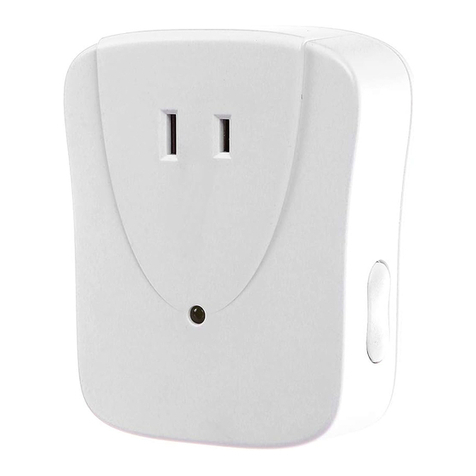
Cooper Wiring Devices
Cooper Wiring Devices AD130 quick start guide
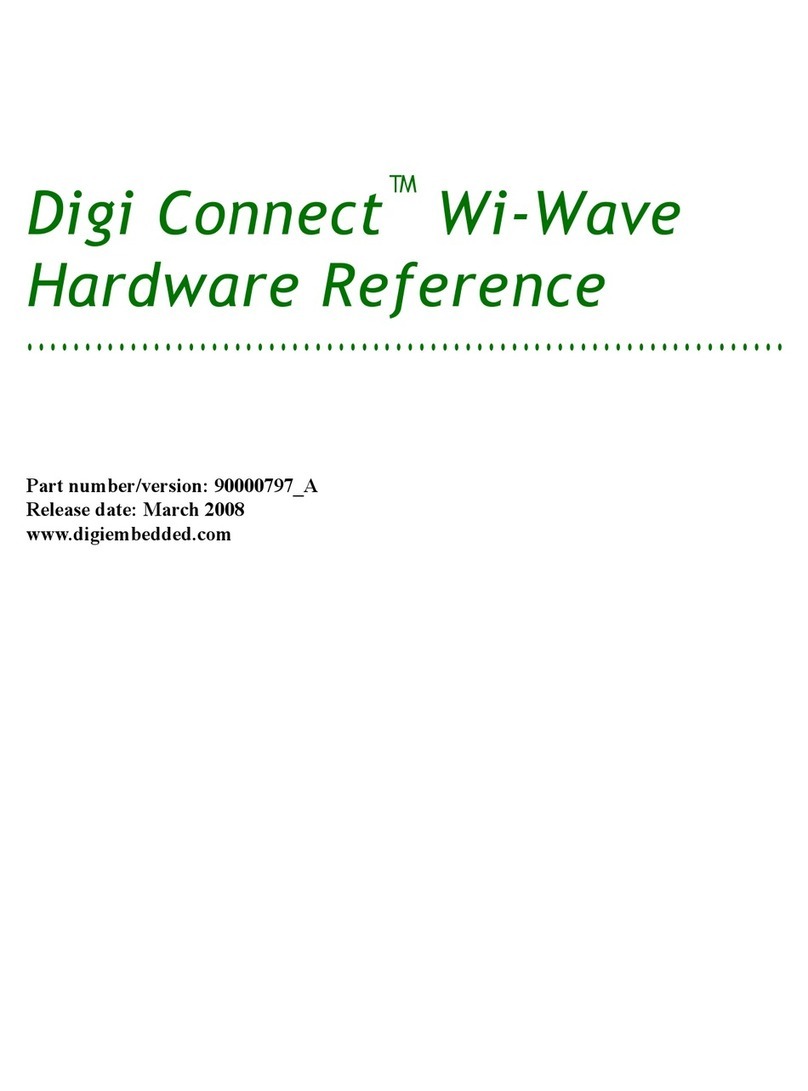
Digi
Digi Connect Wi-Wave Hardware reference

Triax
Triax 692855 Configuration guide
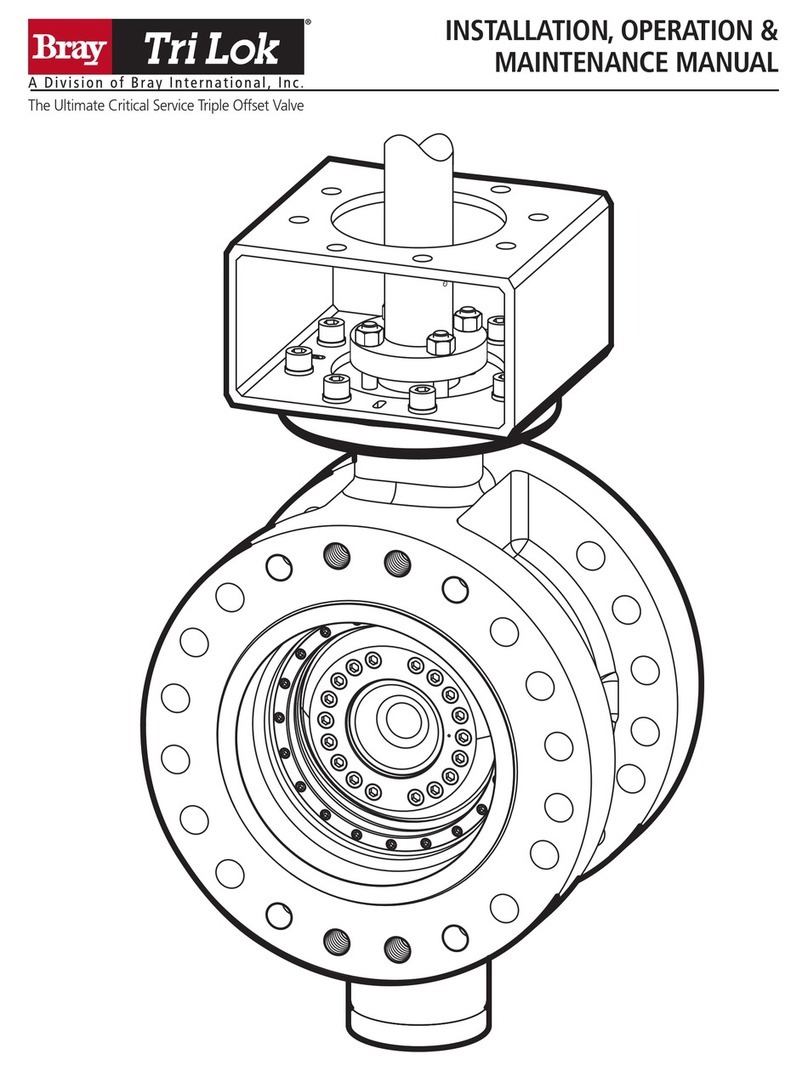
Bray
Bray TRI LOK Installation, operation & maintenance manual

Trenz Electronic
Trenz Electronic TE0720 Schematics
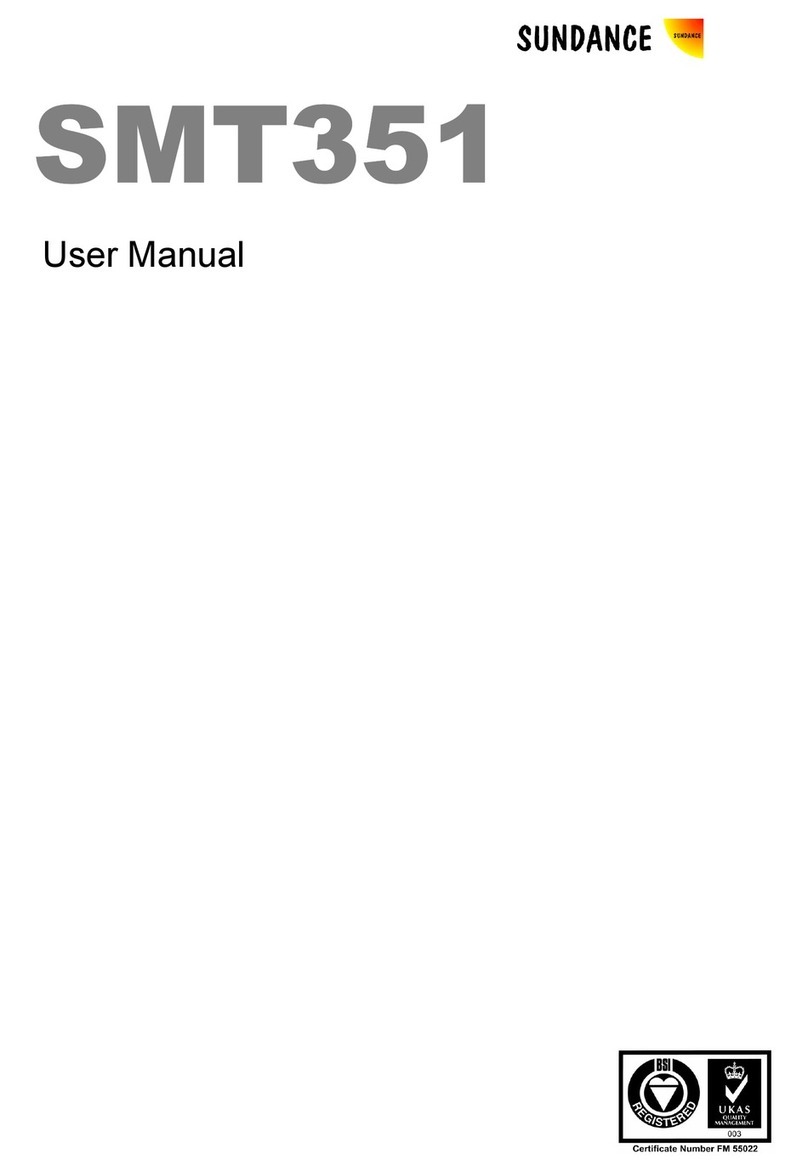
Sundance Spas
Sundance Spas SMT351 user manual
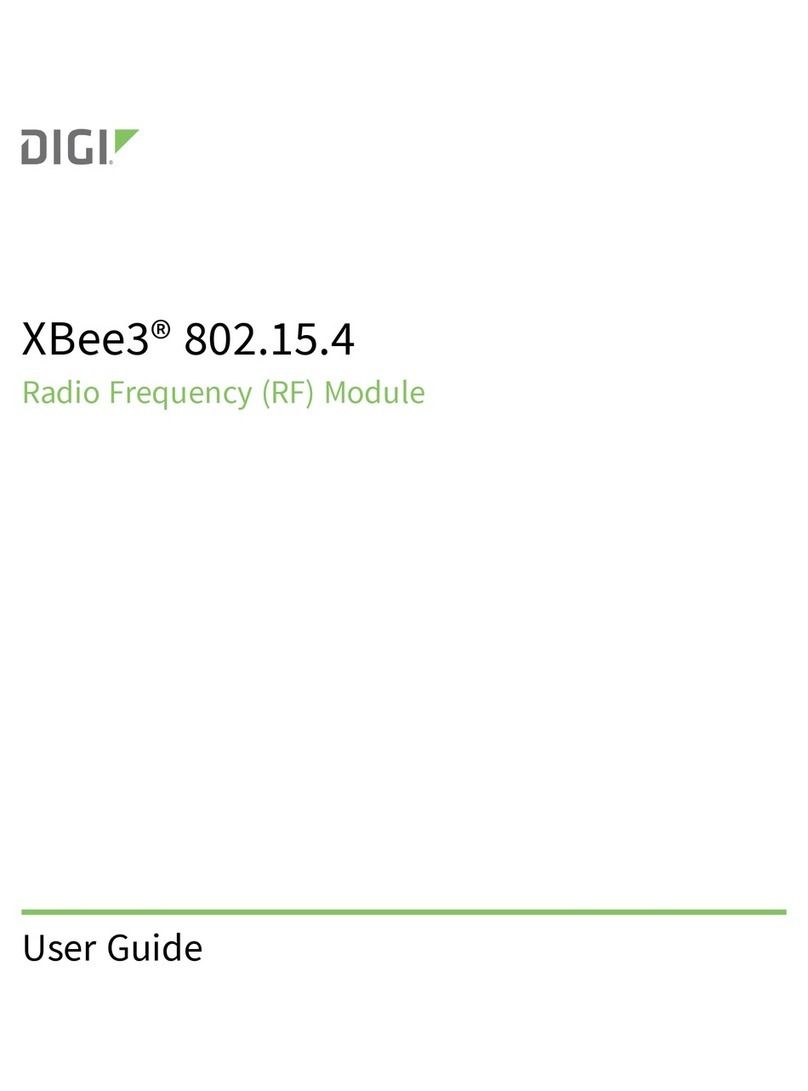
Digi
Digi XBee3 802.15.4 user guide
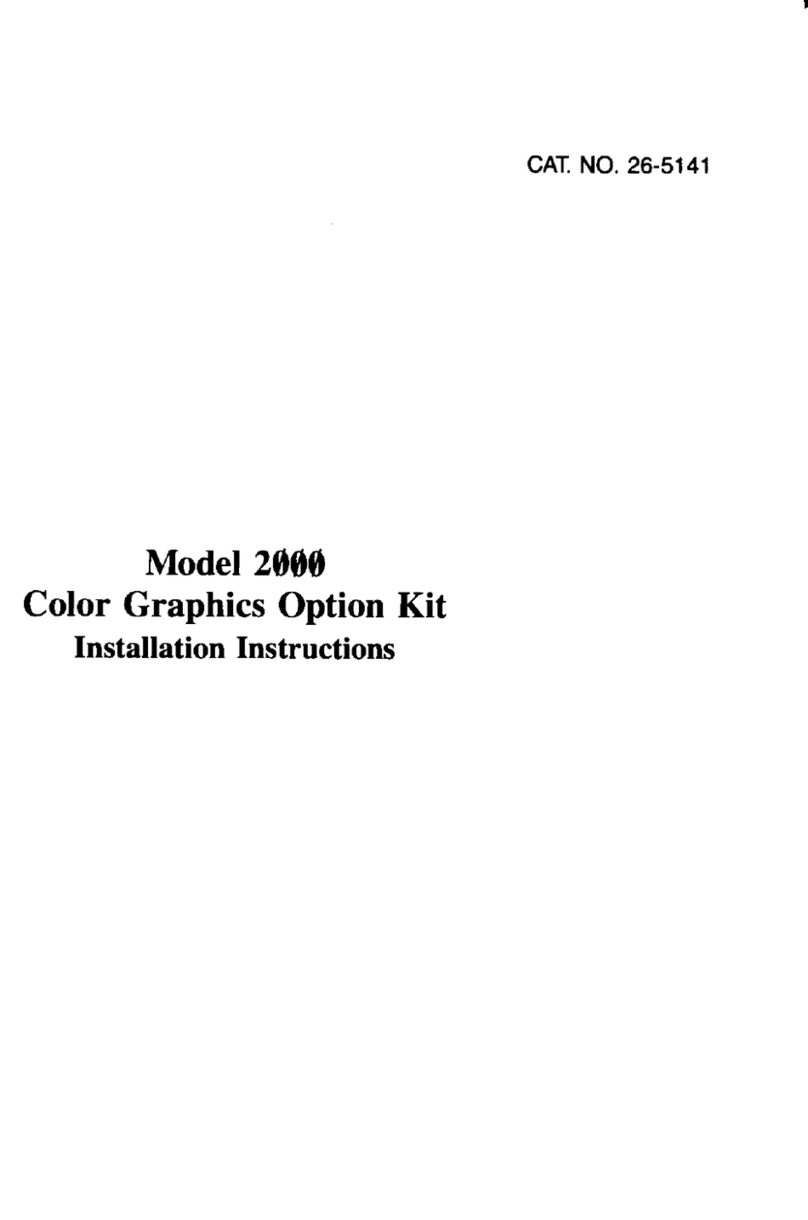
Radio Shack
Radio Shack Color Graphics Option installation instructions
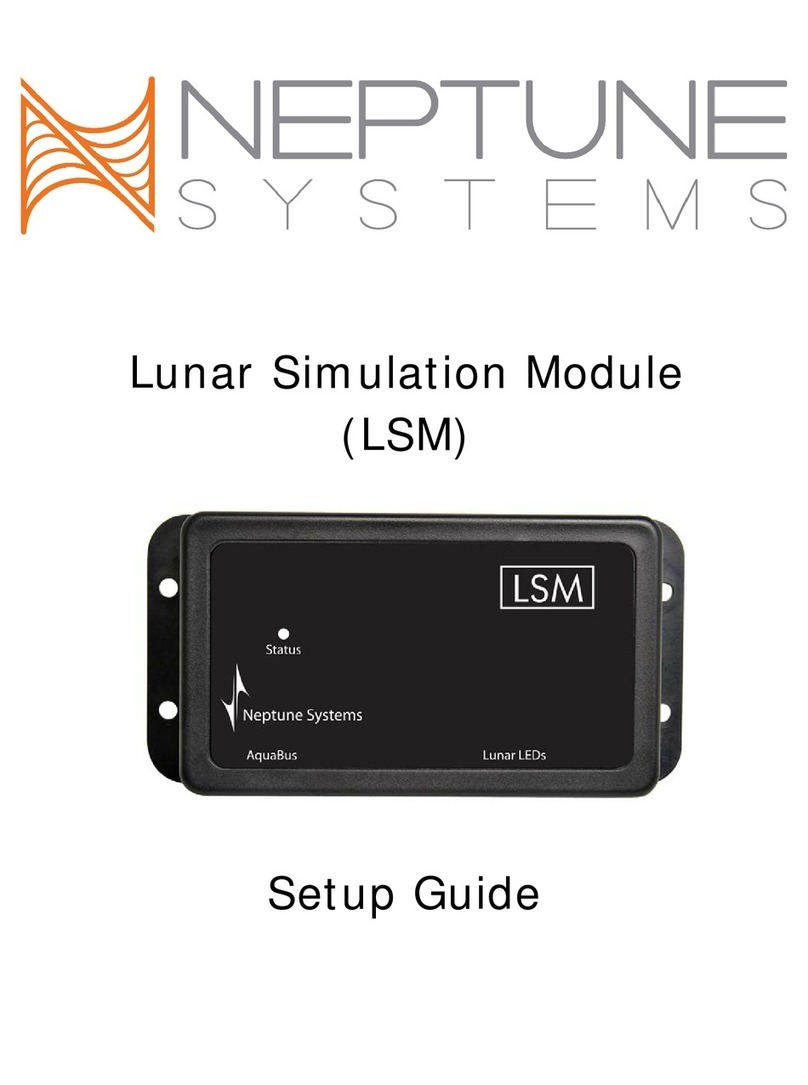
Neptune Systems
Neptune Systems Lunar Simulation Module Setup guide
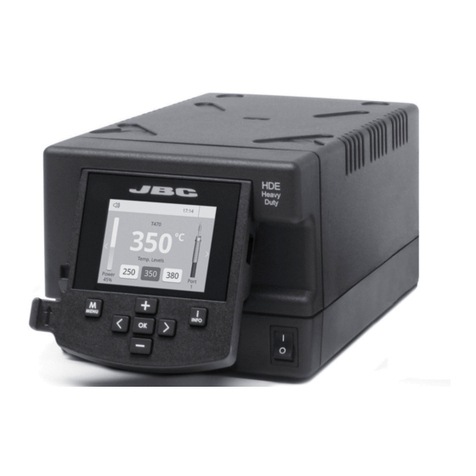
jbc
jbc HDE-2C instruction manual

Fanstel
Fanstel BluNor BT840XEE manual
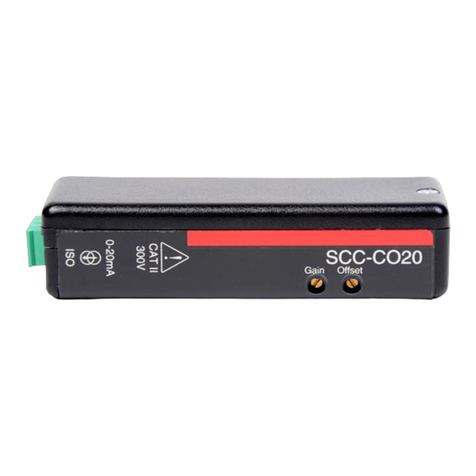
National Instruments
National Instruments Isolated Current Output Module SCC-CO20 user guide
